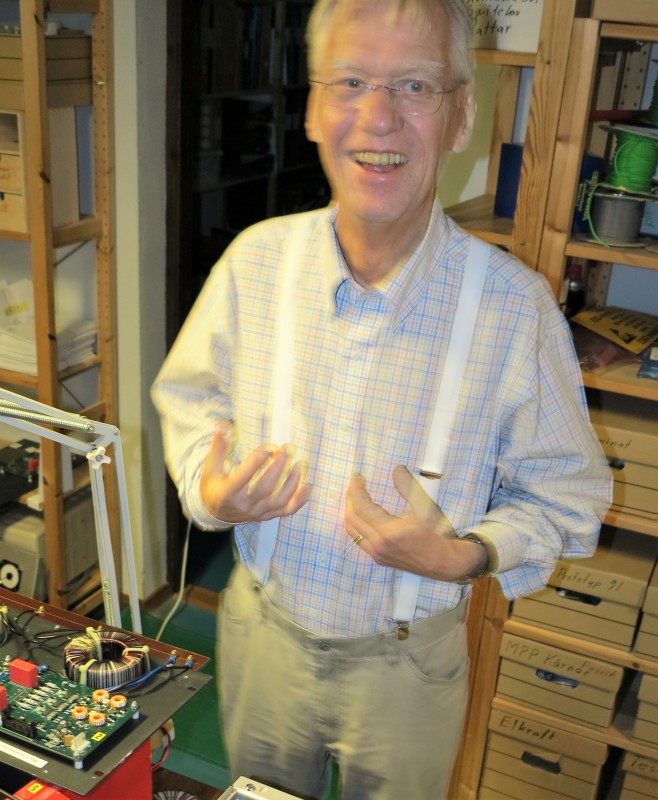alibabaaaa
Civil/Environmental
Hello
I have a requirement from plant, we have a crane working with a two speed motor (nameplate attached to the post) right now we control the motor with two AC contactors (low and high speed) and brake. I do not have the electrical drawings
We want to remove the AC contactor control adding a VFD to control the high speed winding for the motor. Is this possible?
Im thinking on using a AB drive and wire the control buttons to trigger fixed speeds on the drive, high speed at 60 Hz (to get 3450 RPM) and low speed at 14.7 Hz (to get 850 RPM) I will wire the fast speed winding to the drive output and keep the low speed winding open.
I know how to do the drive part, that's not a problem. I want to know if the torque of the high speed winding will be the same at low speed (14.7 Hz) or will this be a problem
Thanks in advance!
Javier
I have a requirement from plant, we have a crane working with a two speed motor (nameplate attached to the post) right now we control the motor with two AC contactors (low and high speed) and brake. I do not have the electrical drawings
We want to remove the AC contactor control adding a VFD to control the high speed winding for the motor. Is this possible?
Im thinking on using a AB drive and wire the control buttons to trigger fixed speeds on the drive, high speed at 60 Hz (to get 3450 RPM) and low speed at 14.7 Hz (to get 850 RPM) I will wire the fast speed winding to the drive output and keep the low speed winding open.
I know how to do the drive part, that's not a problem. I want to know if the torque of the high speed winding will be the same at low speed (14.7 Hz) or will this be a problem
Thanks in advance!
Javier

